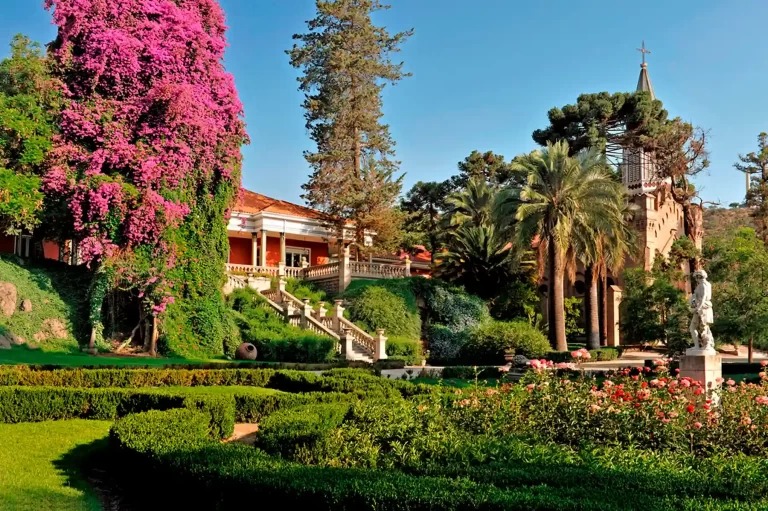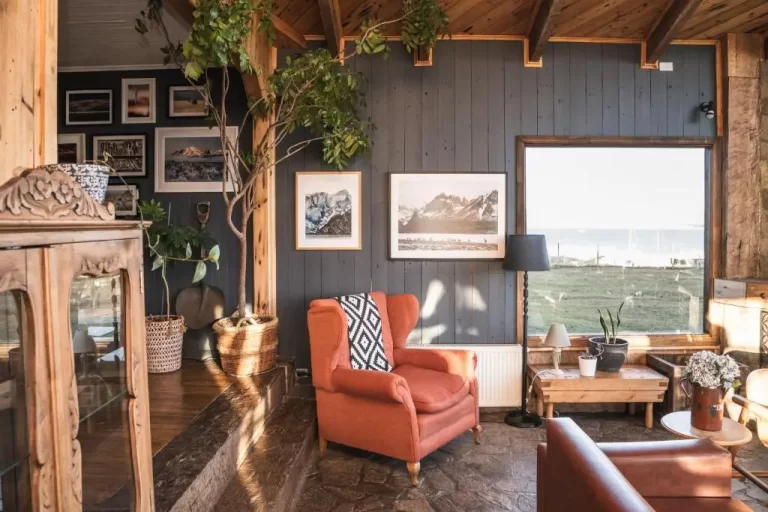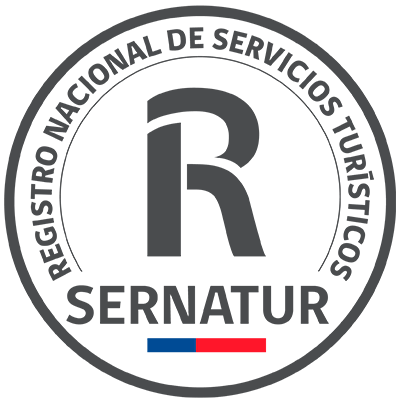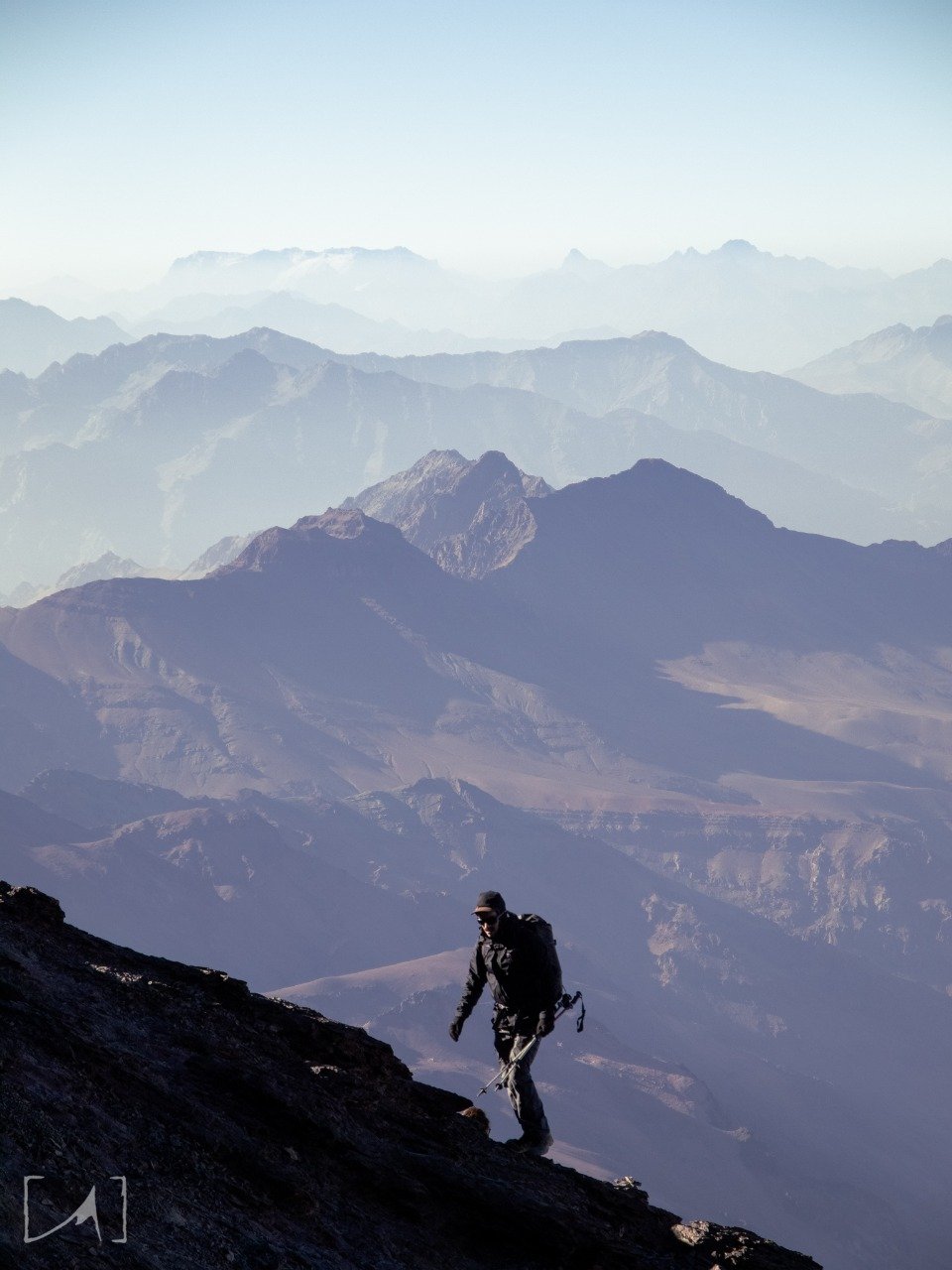Chile is a country of contrasts, where arid deserts, towering glaciers, ancient forests, and endless coastlines blend with the stories of its indigenous peoples.
Across the land, the legacy of ancient civilizations lives on, inviting us to explore their lands, customs, and wisdom.
Are you ready to uncover the deep roots of this country?
Join us on this journey through Chile’s regions and fascinating ancestral cultures.
Norte Grande: The Land of the World’s Driest Desert
The Norte Grande, home to the Atacama Desert, is one of the most extreme and astounding places on Earth.
Though seemingly barren, this desert has a human history stretching back more than 11,000 years.
Along the coast, the Chinchorro people made an indelible mark as the first to mummify their dead, while highland hunters survived in the hidden oases between the mountains.
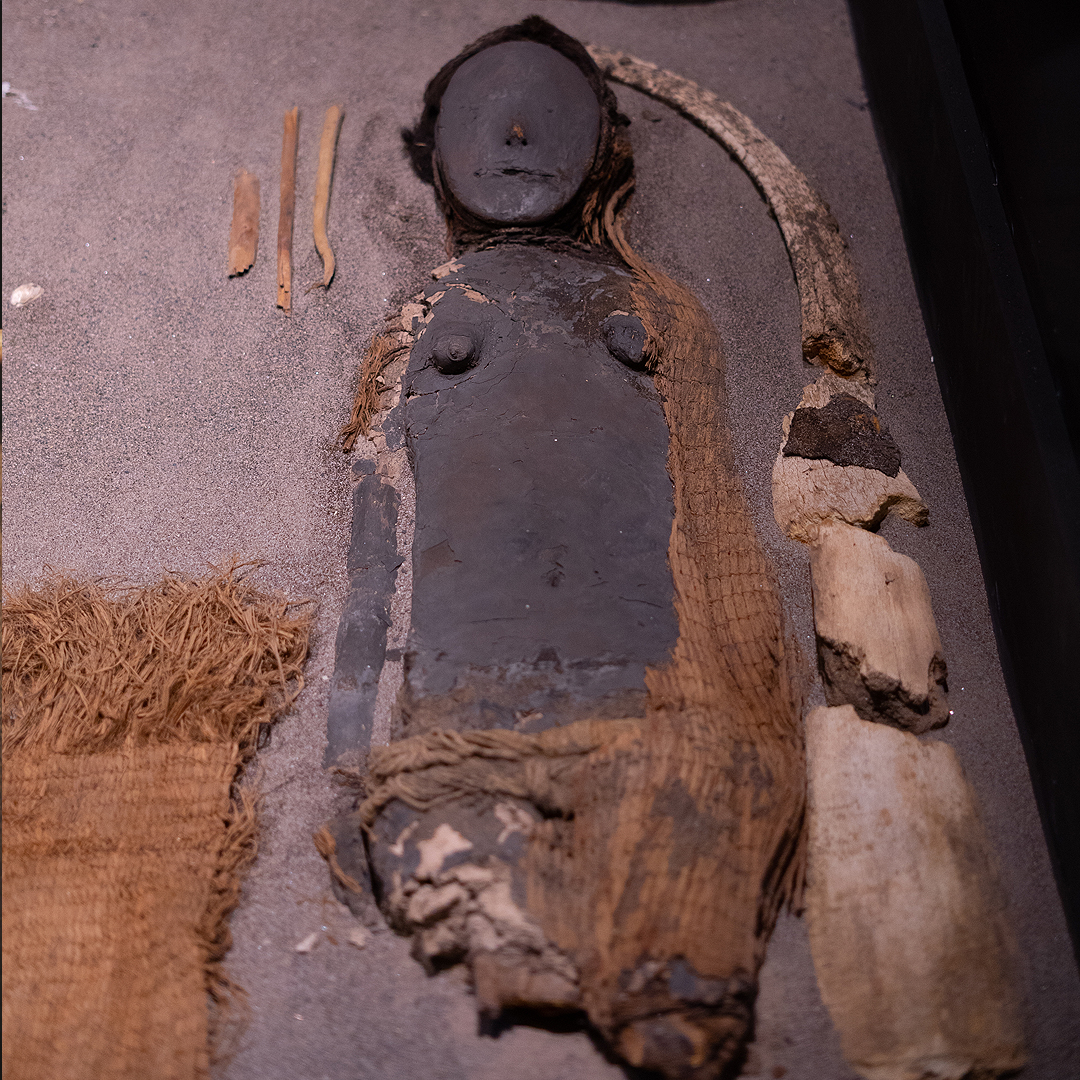
Despite the challenges of this desert, Aymara, Quechua, and Atacameño cultures continue to pass down ancient practices that have allowed them to thrive in this extreme environment.
Norte Chico: The Land Where the Desert Blooms
Norte Chico is a fascinating region where the desert, known for its aridity, miraculously transforms into a colorful garden when it blooms.
Dry mountains contrast with the Pacific Ocean, creating a unique landscape that will leave you in awe.
Over 12,000 years ago, hunter-gatherers settled in these valleys, capitalizing on the connection between the mountains and the sea.
In time, these communities began cultivating plants and developing advanced agriculture.
The Diaguita culture, around the year 1000 AD, perfected irrigation systems and was renowned for its pottery.
Today, you can explore these valleys and discover the traces of these ancient civilizations while marveling at the biodiversity thriving in Chile’s most fertile desert.
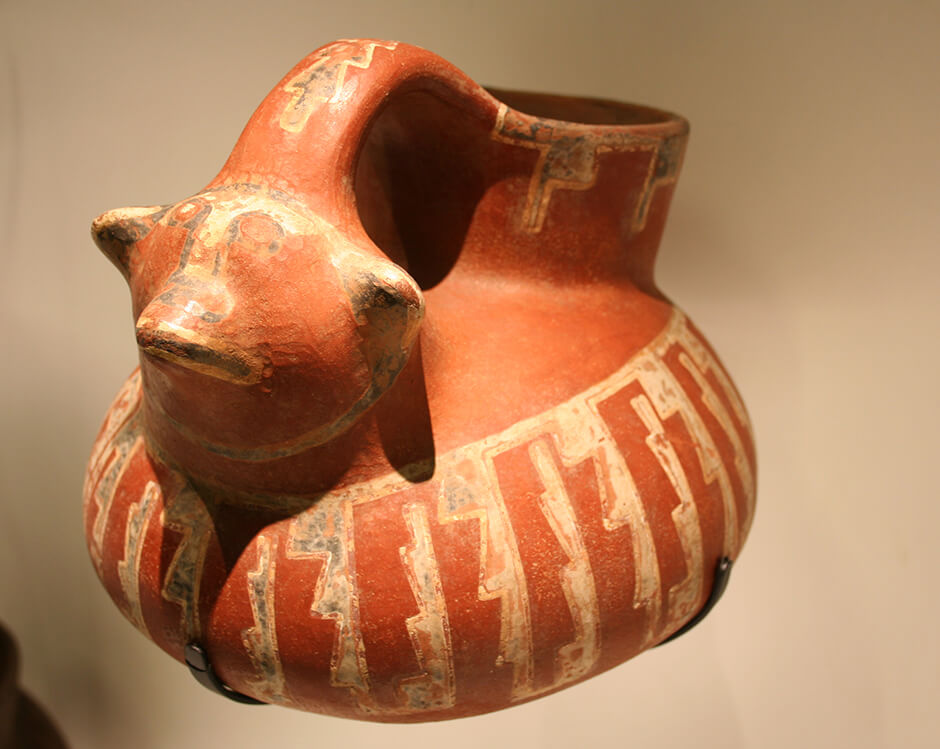
Central Zone: The Land of Four Seasons
The Central Zone of Chile, with its Mediterranean climate, is the agricultural heart of the country.
For over 9,000 years, various civilizations, from early hunters to the Aconcagua culture, have cultivated these lands, leaving behind mounds of earth as a testament to their presence.
This is a place where past and present meet: fertile land still thrives with crops, and traditions survive in small towns and vineyards.
Home to glaciers that give birth to major rivers, bringing mineral-rich waters that contribute to an incredibly fertile soil for cultivation.
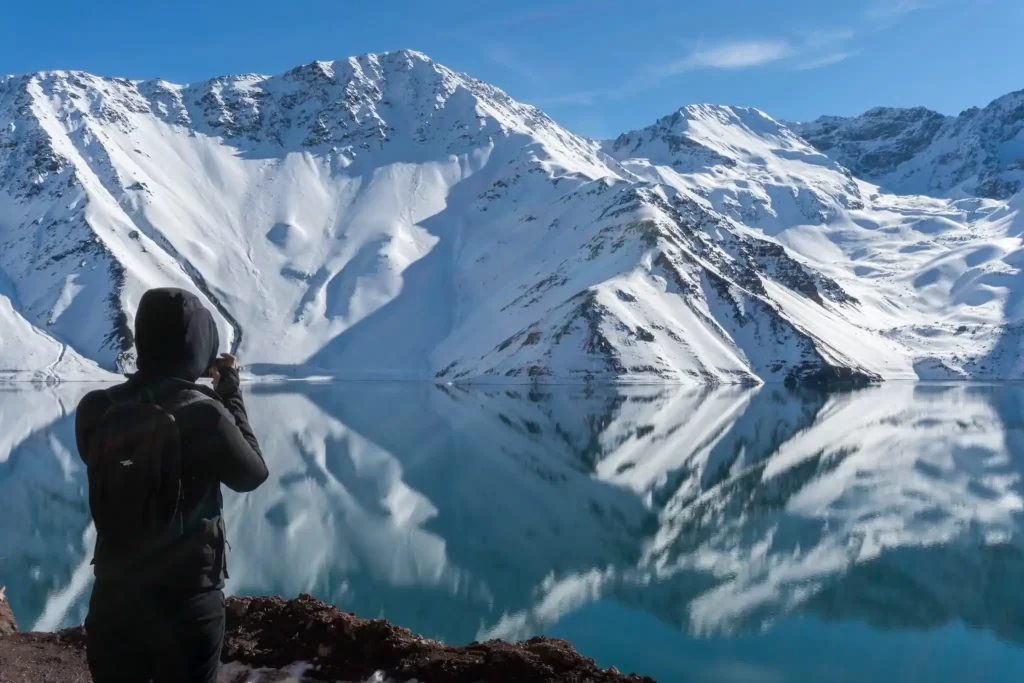
Rapa Nui: The Land of Hotu A Matu’a
Rapa Nui, or Easter Island, is an enigma in the heart of the Pacific Ocean.
With its dormant volcanoes and clear skies, this island is a place for dreaming.
It was colonized by Polynesian navigators 1,500 years ago, who brought with them Hotu A Matu’a, the legendary king who led his people on this epic journey.
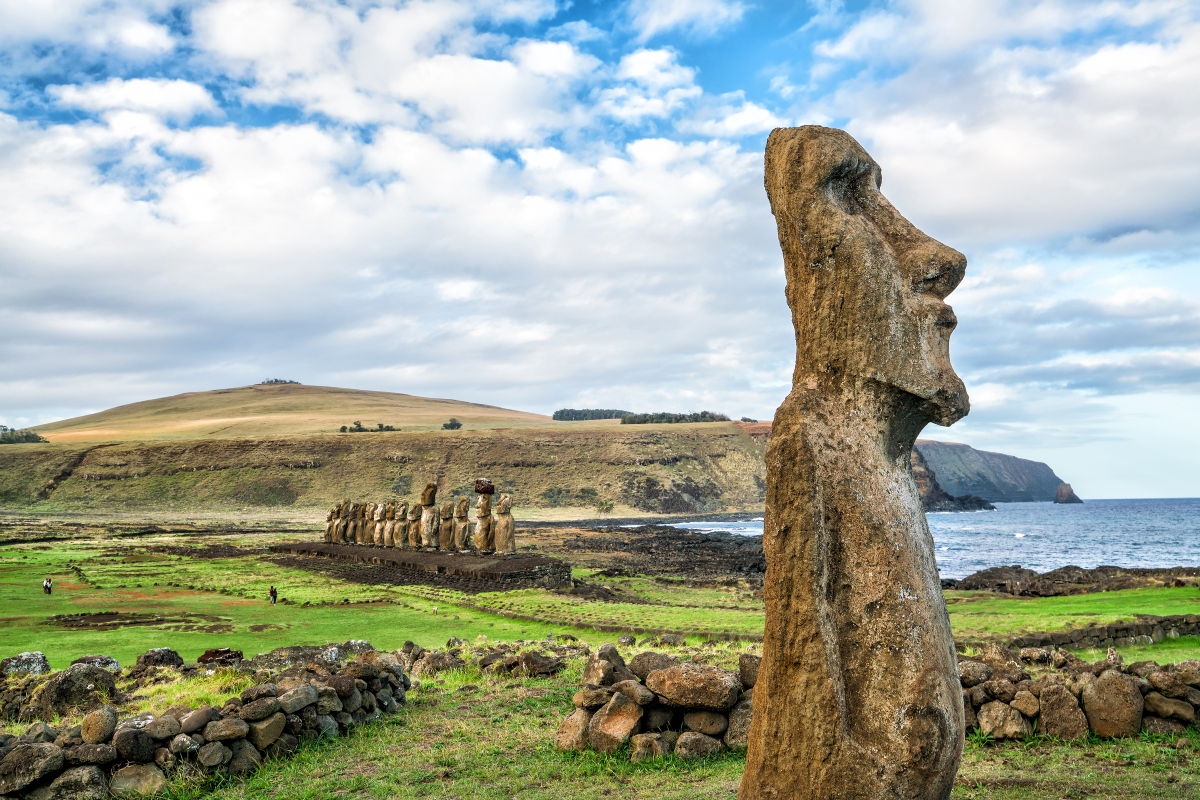
Over centuries, the Rapa Nui culture erected the imposing moai statues, silent guardians watching over the horizon.
The story of this civilization is one of both splendor and survival on one of the most remote places on Earth.
Southern Zone: The Land of Lakes and Forests
Southern Chile is a green, vibrant region where the sounds of rain and rivers fill the air.
Inhabited for over 13,000 years, these lands witnessed the rise of the Mapuche, a warrior people who resisted both the Inca and Spanish colonizers.
Native forests and serene lakes create a setting that seems straight out of a legend.
Here, traditions intertwine with nature, creating a landscape where every corner has a story to tell
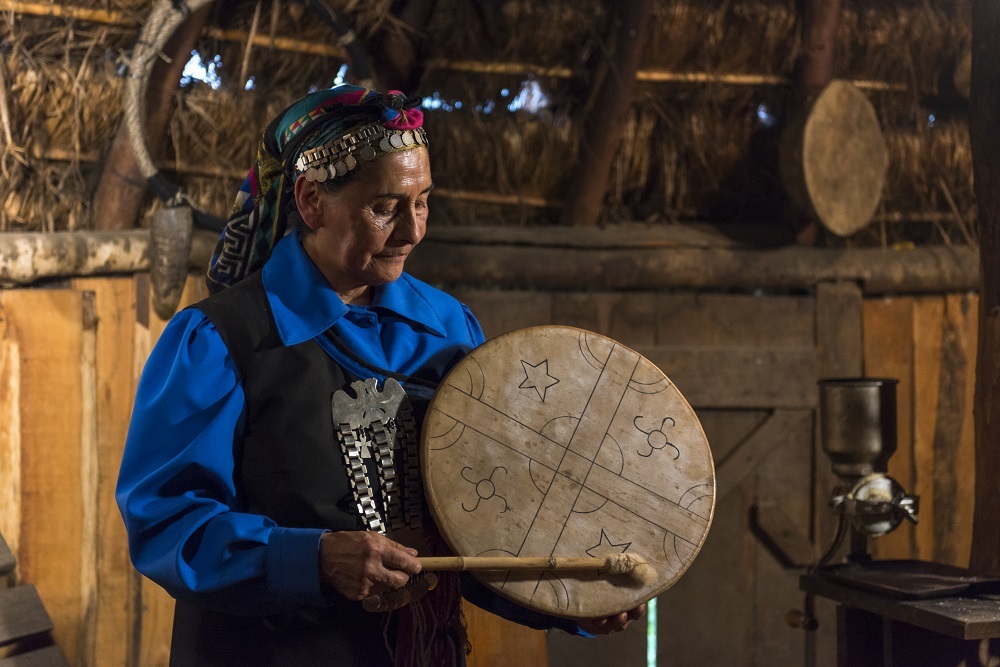
Southern Patagonia: The Land of Patagonia and Glaciers
Chilean Patagonia is synonymous with adventure.
Here, fierce winds, glaciers, and open skies create a landscape as vast as it is remote.
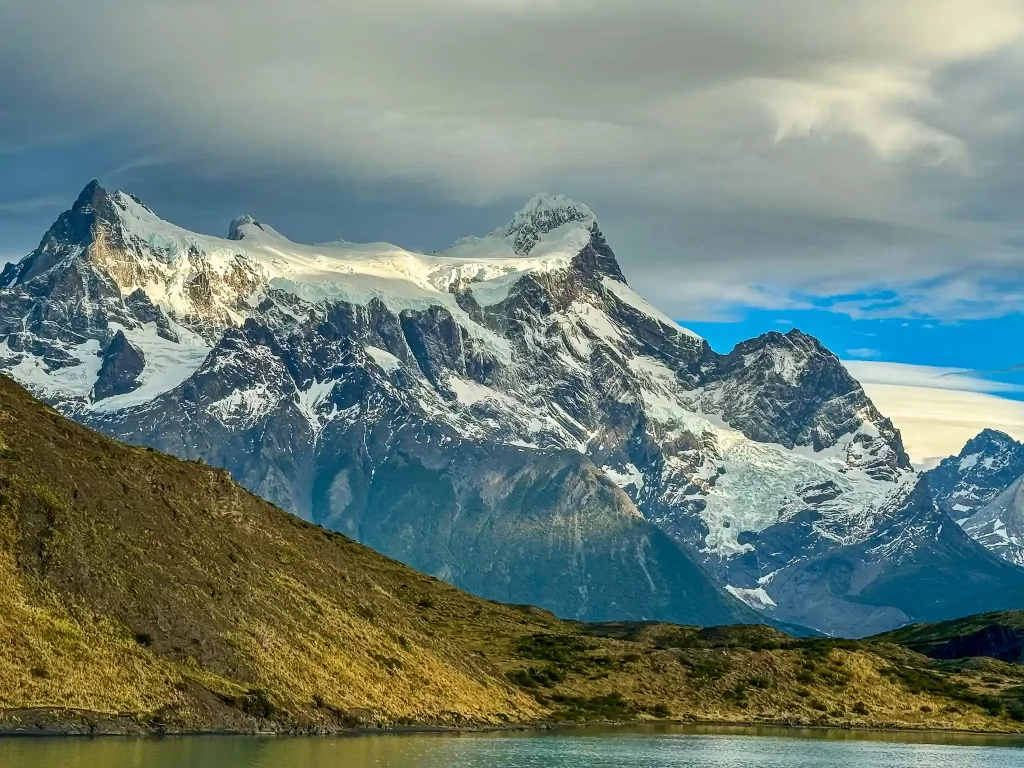
Some 12,000 years ago, the Kawésqar, Yagán, and Selk’nam peoples roamed these inhospitable landscapes, living by hunting and fishing in a wild environment.
Today, Patagonia is a paradise for travelers seeking to disconnect from the world and reconnect with nature in its purest form.
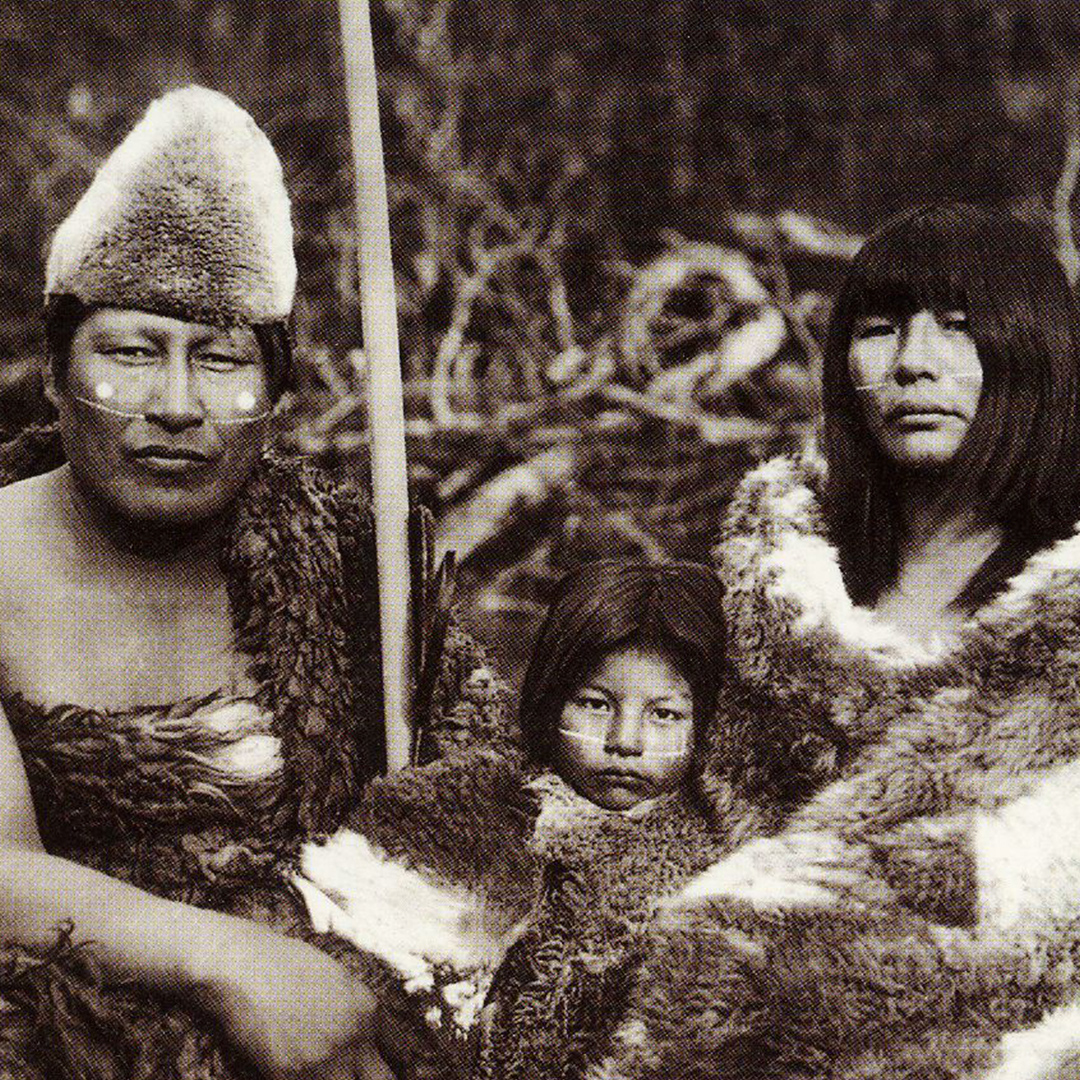
Its national parks and imposing glaciers attract those who crave an adventure like no other.
